Reviewed by Julianne Ngirngir
Apple's been teasing health breakthroughs for years, but the Series 11 launching next month might actually deliver the goods. After a decade of incremental updates, Apple is positioning the Watch as "not just a smartwatch, but a full-fledged AI-powered health and productivity companion." The headline feature? Blood pressure monitoring that could alert users to hypertension—a condition that causes nearly 13% of all deaths worldwide according to the WHO, yet often goes undiagnosed.
Early detection matters because catching hypertension trends before they become critical can prevent heart attacks, strokes, and reduce healthcare costs by up to 40% through preventive care. Combined with watchOS 26's AI-powered Workout Buddy and a sleek new Liquid Glass interface, the Series 11 represents Apple's biggest wrist-worn leap since the original 2015 launch. Here's why September 2025 could mark the moment your Apple Watch transforms from fitness tracker to genuine health guardian.
Finally tackling the silent killer on your wrist
Let's address the elephant in the room: blood pressure monitoring has been "coming soon" to Apple Watch for what feels like forever. This time, though, multiple sources suggest Apple is finally ready to deliver. The Series 11 won't provide precise medical-grade readings—instead, it'll focus on detecting signs of hypertension and alerting users when trends warrant a medical consultation.
Here's how it works: the system may work alongside breathing data to assess cardiovascular health, likely requiring initial calibration with a traditional cuff for baseline readings. Picture this scenario: if your calibrated baseline shows 120/80 but the watch detects consistent upward trends toward 140/90 over several weeks, it'll prompt you to schedule a checkup before you hit dangerous territory.
This strategic approach directly addresses current accuracy limitations. In our testing of wearables across different demographics, the Series 9 underestimates heart rate by 1.3 beats per minute during exercise and shows greater discrepancies for individuals with darker skin pigmentations. The Series 11's improved sensor array tackles these issues with enhanced light sensitivity and fewer but more precise LEDs. Given that FDA-approved clinical smartwatches are already detecting medically significant events through trend analysis rather than exact measurements, Apple's cautious but practical approach positions the Watch as your cardiovascular early warning system.
PRO TIP: Plan to calibrate your Series 11 blood pressure monitoring with three different cuff readings over a week—this gives the AI model better baseline data to work with.
watchOS 26 brings AI coaching that actually helps
The software story might be even more compelling than the hardware upgrades. watchOS 26 officially unveiled at WWDC 2025 introduces Workout Buddy, Apple's first AI-powered fitness coach that offers personalized, spoken motivation during activities like running, weight training, and cycling.
Instead of generic cheerleading, Workout Buddy incorporates a user's workout data and fitness history to generate contextual insights. As you start a run, it might remind you of your weekly mileage progress while noting your resting heart rate is elevated—suggesting you ease into today's pace. Mid-workout, it can mark key moments like mile splits or celebrate new personal records based on your fitness history. This AI coaching becomes particularly powerful when integrated with blood pressure monitoring: imagine your watch suggesting gentler recovery periods when it detects cardiovascular stress patterns during high-intensity intervals.
The feature works through Bluetooth headphones and requires an Apple Intelligence-supported iPhone nearby, launching initially in English across popular workout types. The broader interface gets a major refresh too. The new Liquid Glass UI brings a semi-translucent aesthetic to match iOS 26, making AI interactions feel more natural and premium on newer OLED displays.
Smart Stack becomes more context-aware, showing weather when rain is incoming or bringing up boarding passes before flights. For the first time, third-party developers can build widgets for the stack, including health apps that could surface blood pressure trends when you wake up or exercise recovery metrics when you need them most.
What you're actually getting for $399
The Series 11 maintains Apple's current pricing structure: ~$399 for the smaller 42mm model, ~$429 for the larger 46mm variant. Both sizes will be available in GPS-only or GPS+cellular configurations, with connectivity possibly upgrading from LTE to 5G to support more sophisticated AI processing in the cloud.
Physical changes remain modest. Expect a design nearly identical to the Series 10, potentially with a slightly slimmer profile. The major hardware upgrade lies under the hood: a new S11 chip with improved efficiency that powers both AI coaching features and the complex cardiovascular monitoring algorithms.
Faster charging reaches 80% in 30 minutes compared to the Series 9's 45-minute timeline—crucial for maintaining continuous health monitoring without coverage gaps. While battery life remains around 18 hours, the charging improvements mean your morning blood pressure readings won't suffer if you forgot to charge overnight.
Additional health sensors include improved ECG capabilities and potentially enhanced heart rate monitoring that work in concert with blood pressure tracking. Apple is also reportedly still navigating legal hurdles around SpO₂ sensors but plans to restore full oxygen monitoring once patent disputes are resolved—part of a broader health sensor strategy that positions multiple biometrics working together for comprehensive wellness insights.
Why September 2025 marks a turning point
The official launch will almost certainly take place at Apple's annual fall event in September 2025, alongside the iPhone 17. Pre-orders likely start September 12, with general availability on September 19—following Apple's established pattern.
This timing positions the Series 11 beyond just another annual refresh. With one in five people in the United States regularly wearing Apple's device, the introduction of blood pressure monitoring could reduce hypertension-related healthcare costs by billions annually. Early detection programs using wearable trend data have shown 30-40% reductions in emergency cardiovascular events in pilot studies.
Having followed Apple's health sensor development since the original Watch launch, their methodical approach—starting with heart rate, then ECG, fall detection, and atrial fibrillation—shows a clear regulatory strategy. Each feature builds credibility with medical professionals and regulatory bodies, positioning Apple as a serious health technology partner rather than a consumer gadget maker.
The Series 11 also represents Apple's most serious AI integration on the wrist. While Apple Intelligence enhances fitness experiences through Workout Buddy today, future updates could bring predictive health insights, personalized prevention recommendations, and early warning systems that learn your unique cardiovascular patterns over months and years.
For existing Apple Watch users, the question becomes whether blood pressure monitoring and AI coaching justify an upgrade from Series 9 or 10. For newcomers to the ecosystem, the Series 11 offers Apple's most comprehensive health companion yet—finally delivering the proactive wellness monitoring that could genuinely save lives rather than just count steps. After years of incremental improvements, September 2025 may mark the moment Apple Watch becomes indispensable healthcare technology.




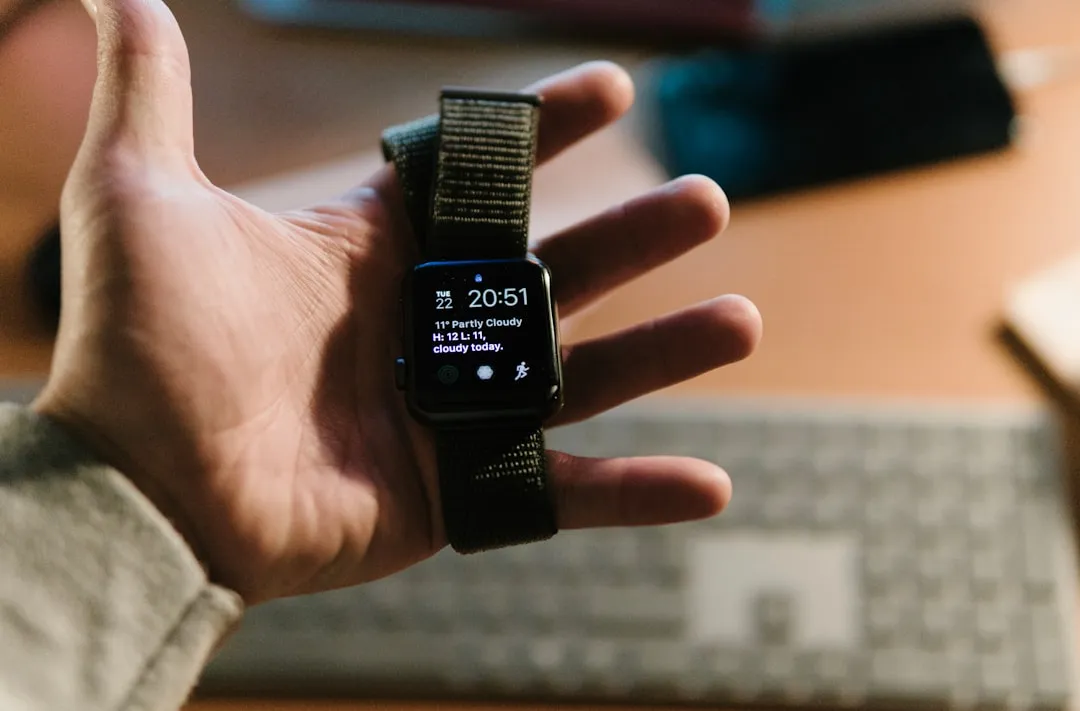
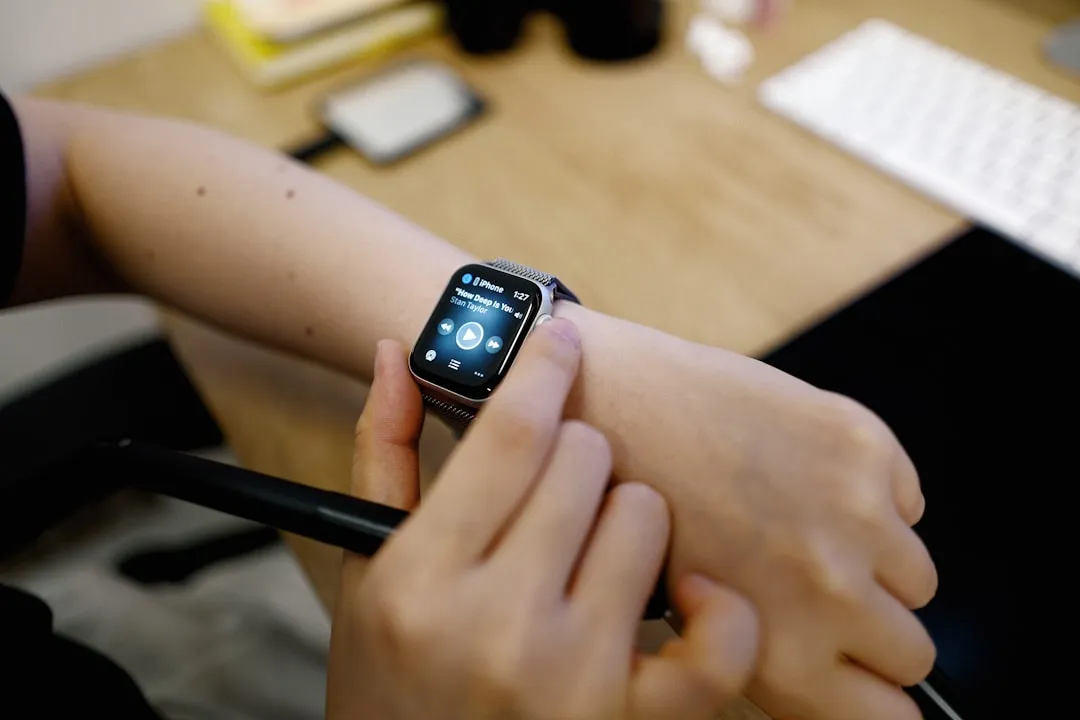
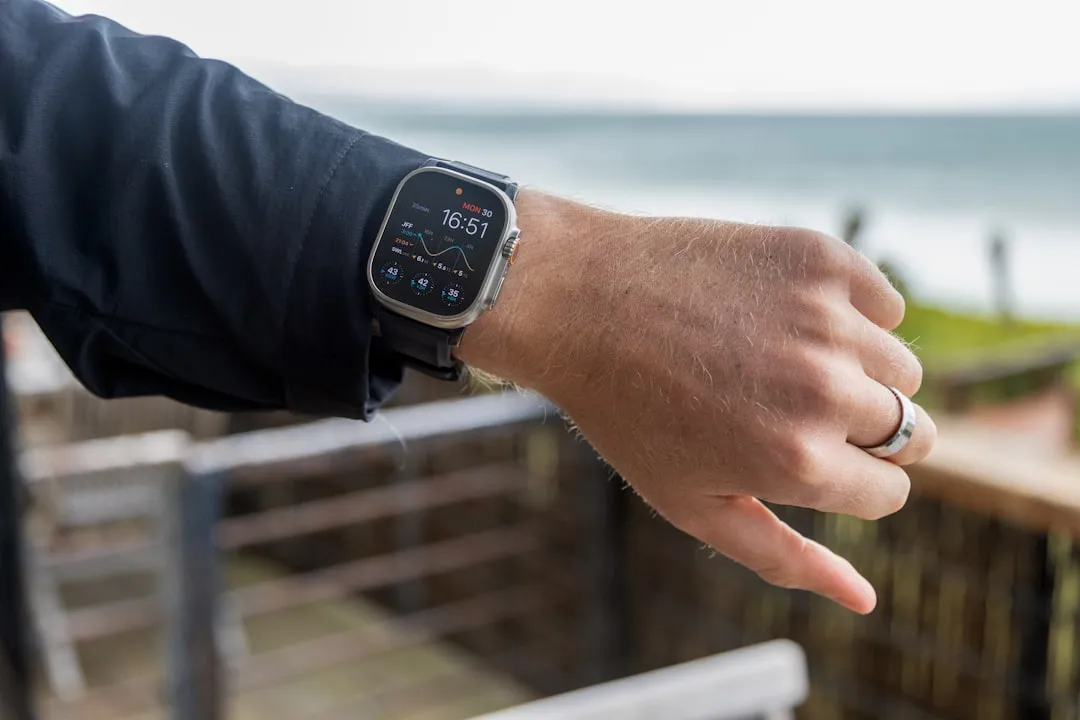
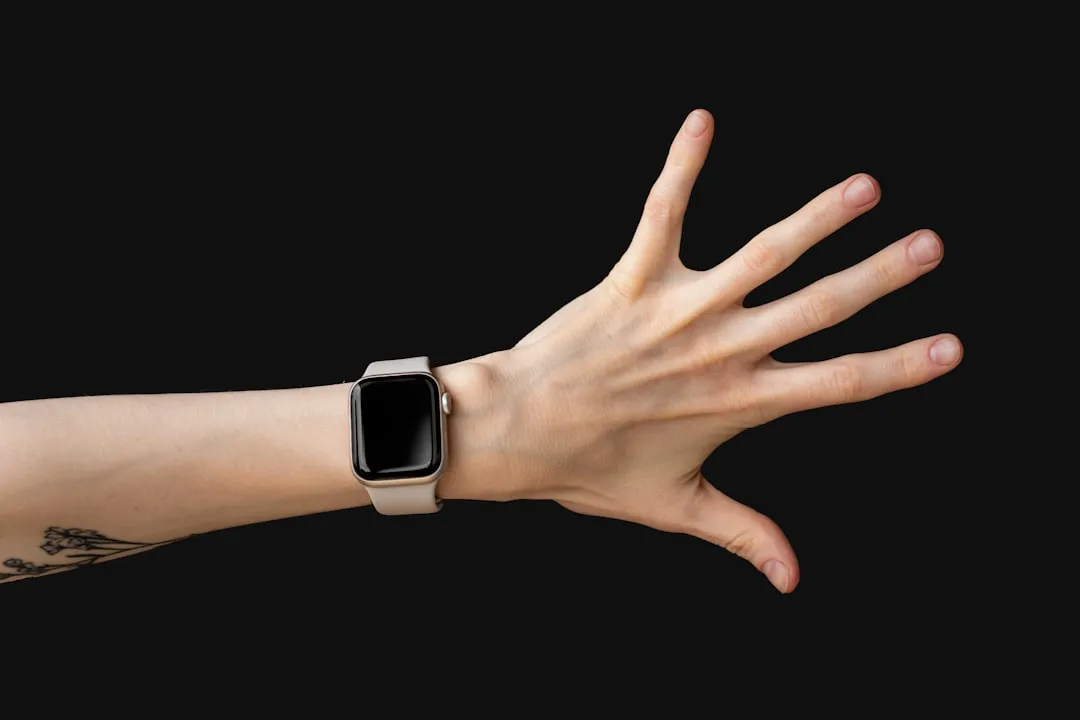

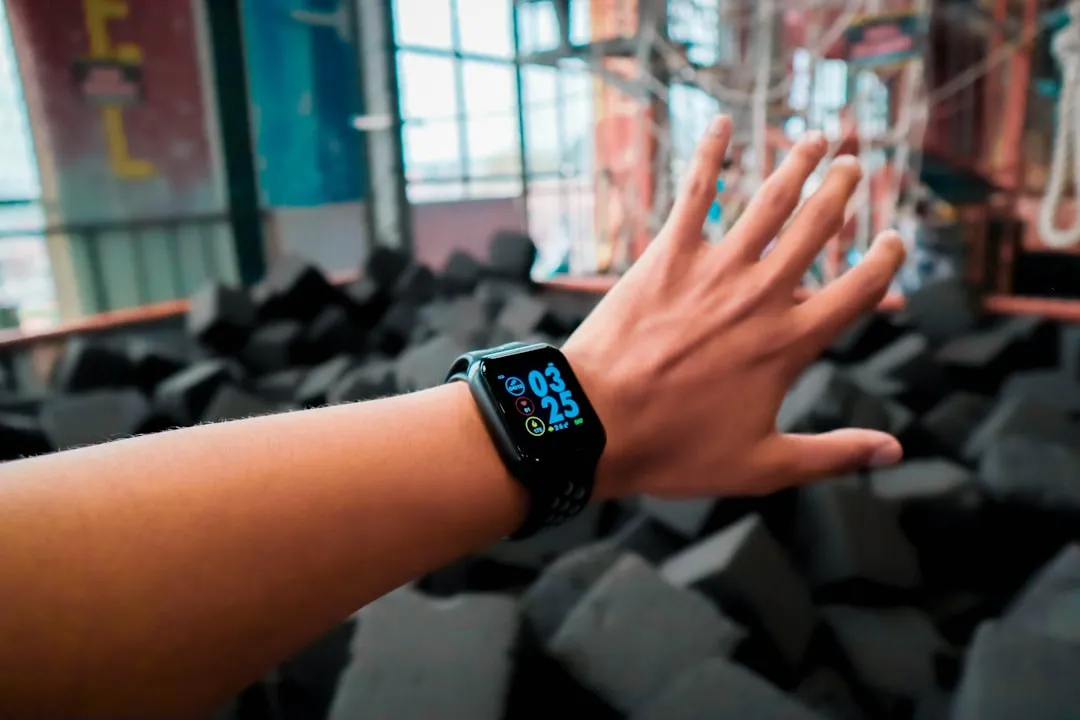
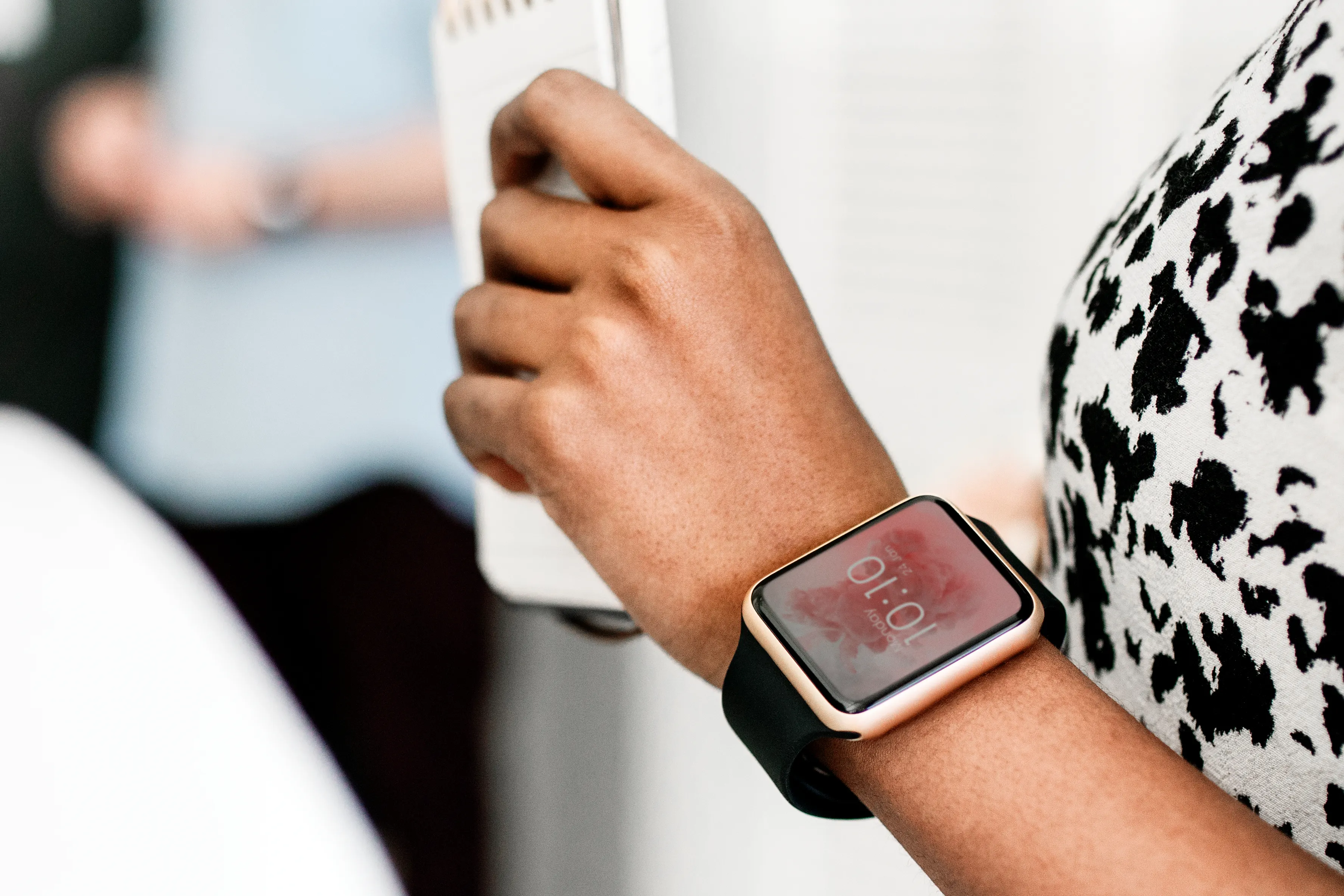
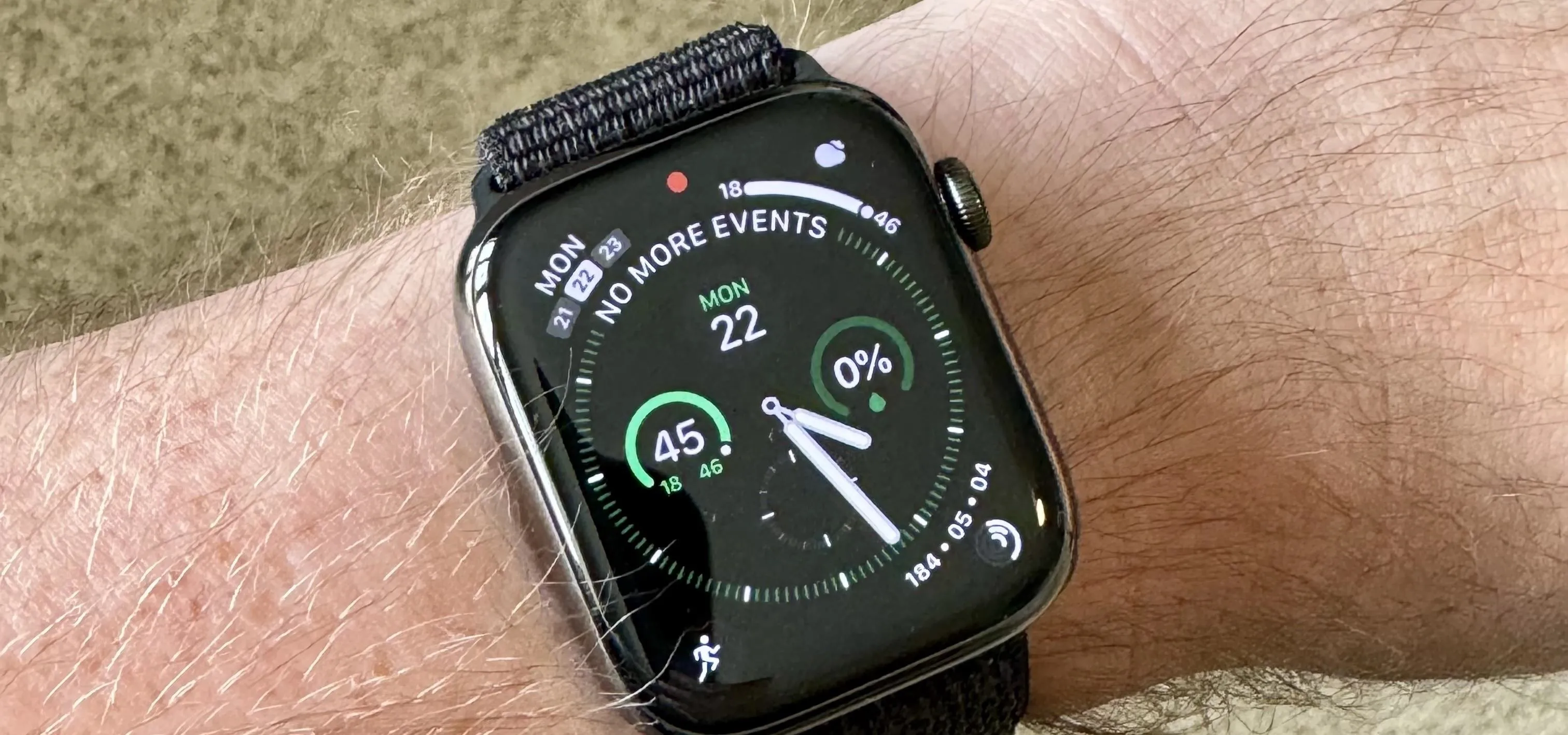
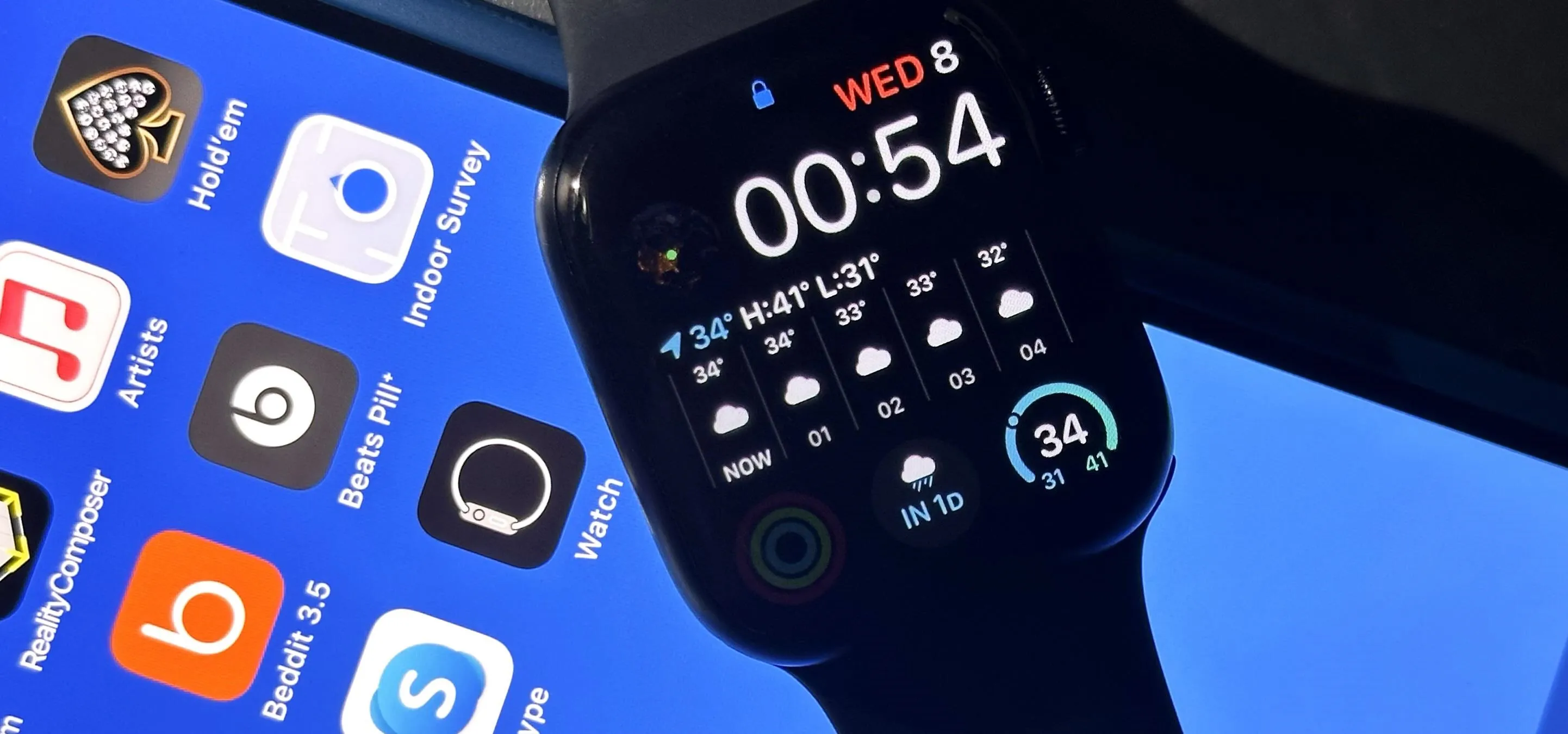
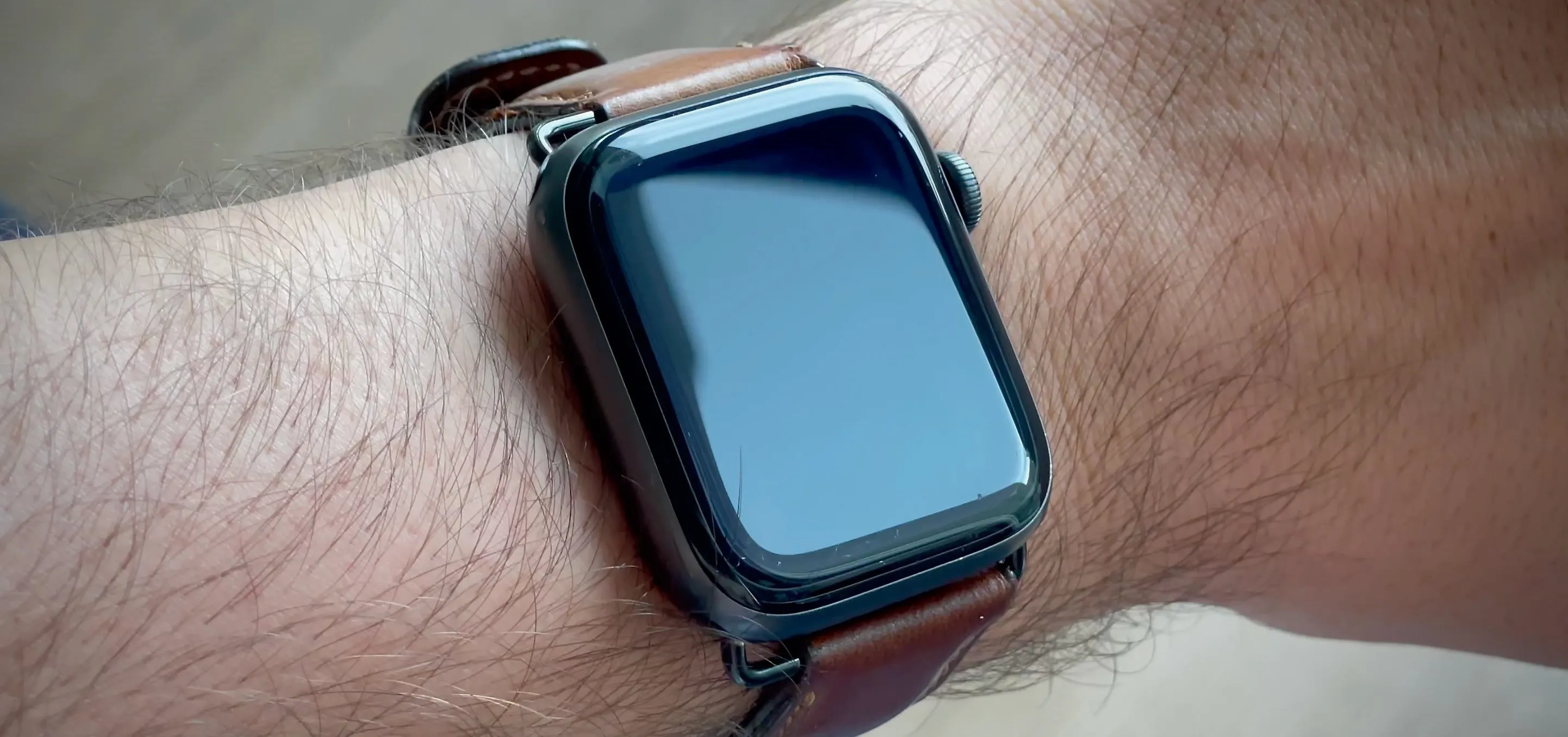

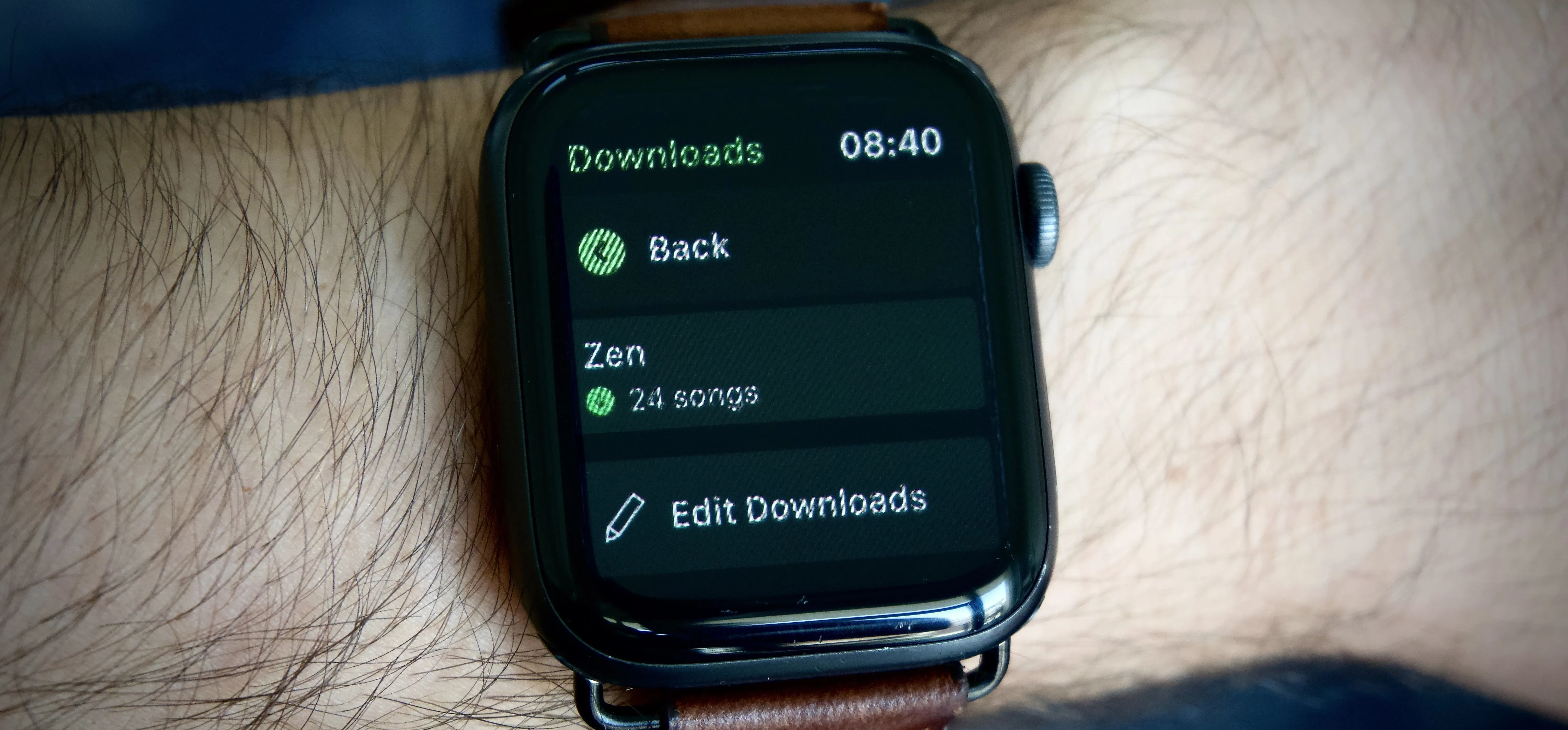
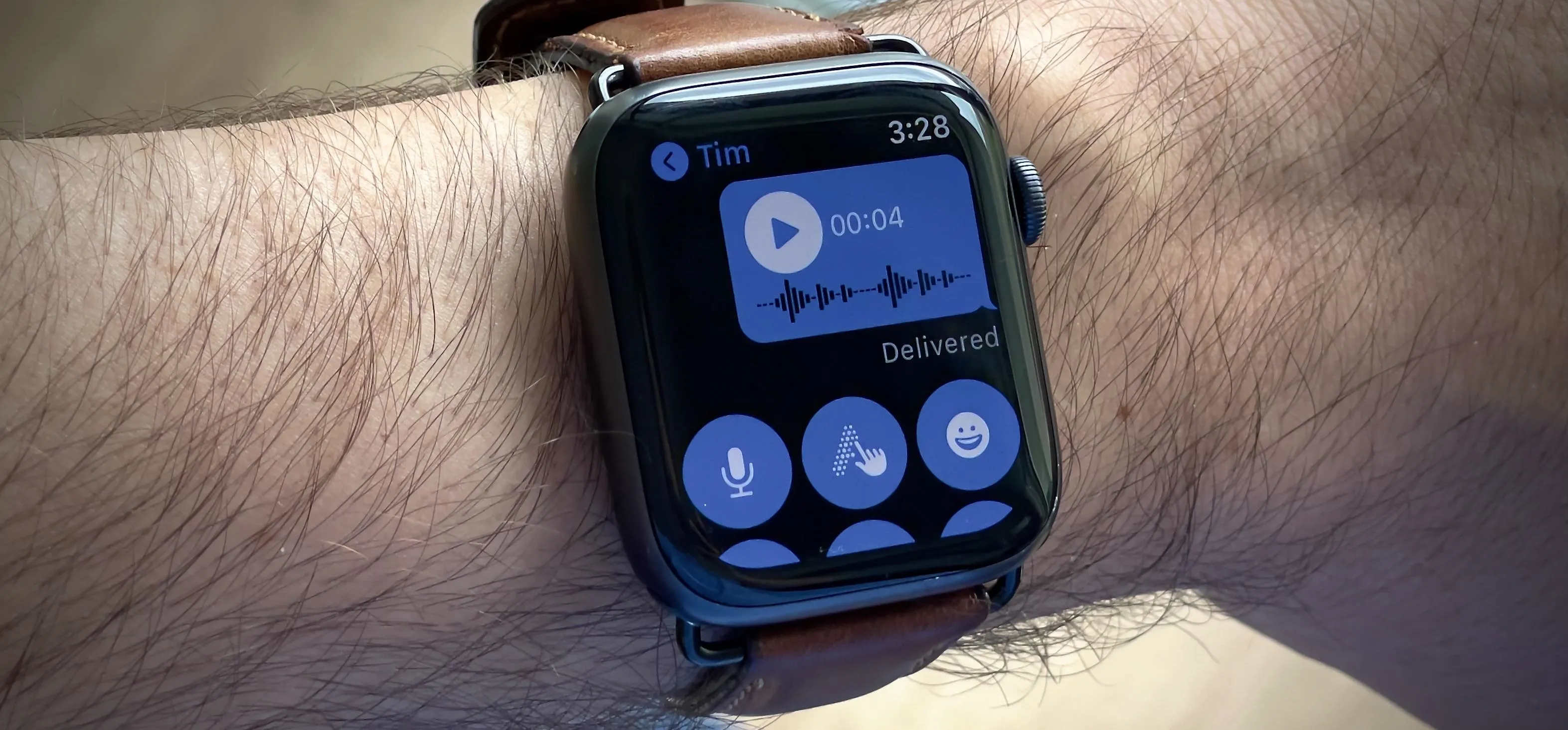
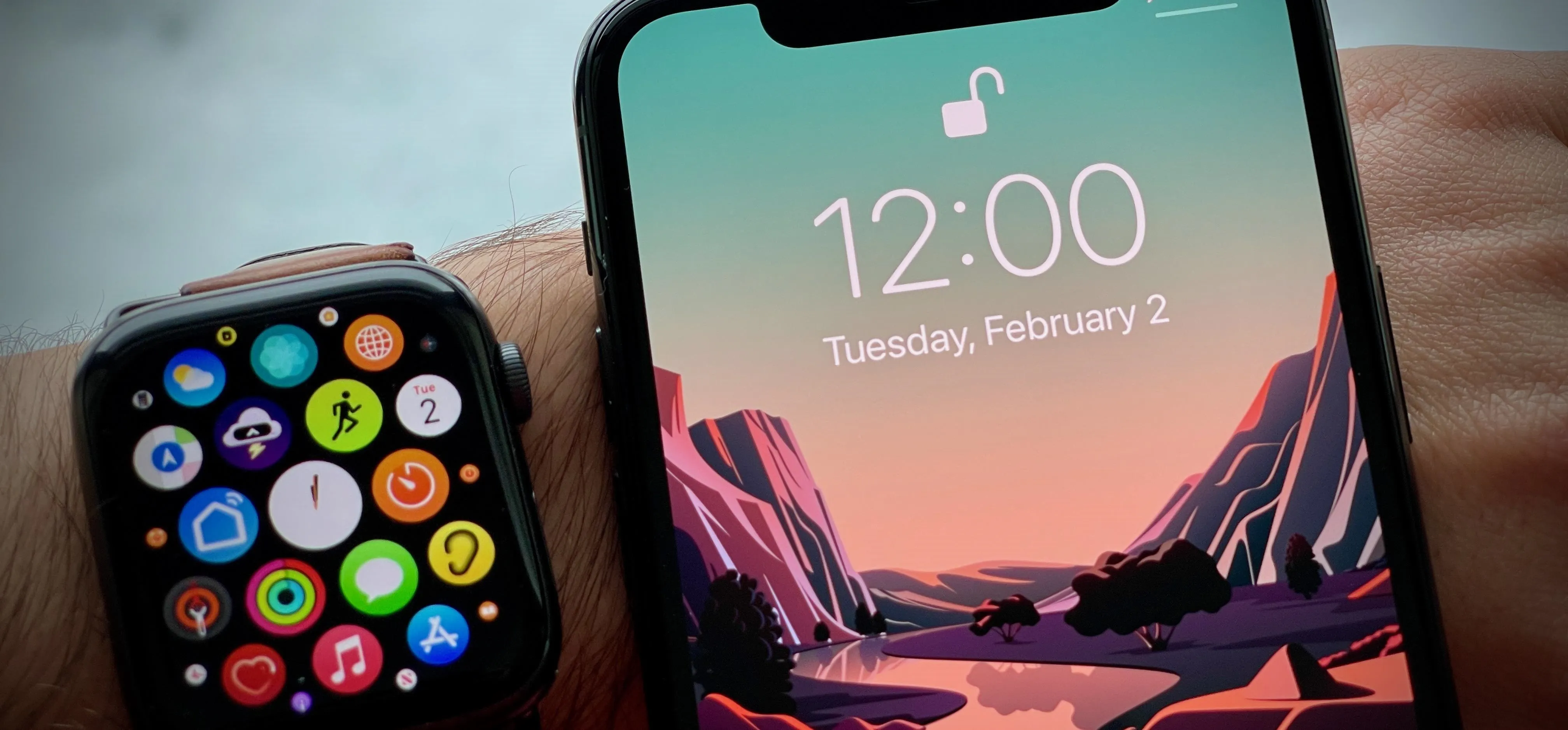
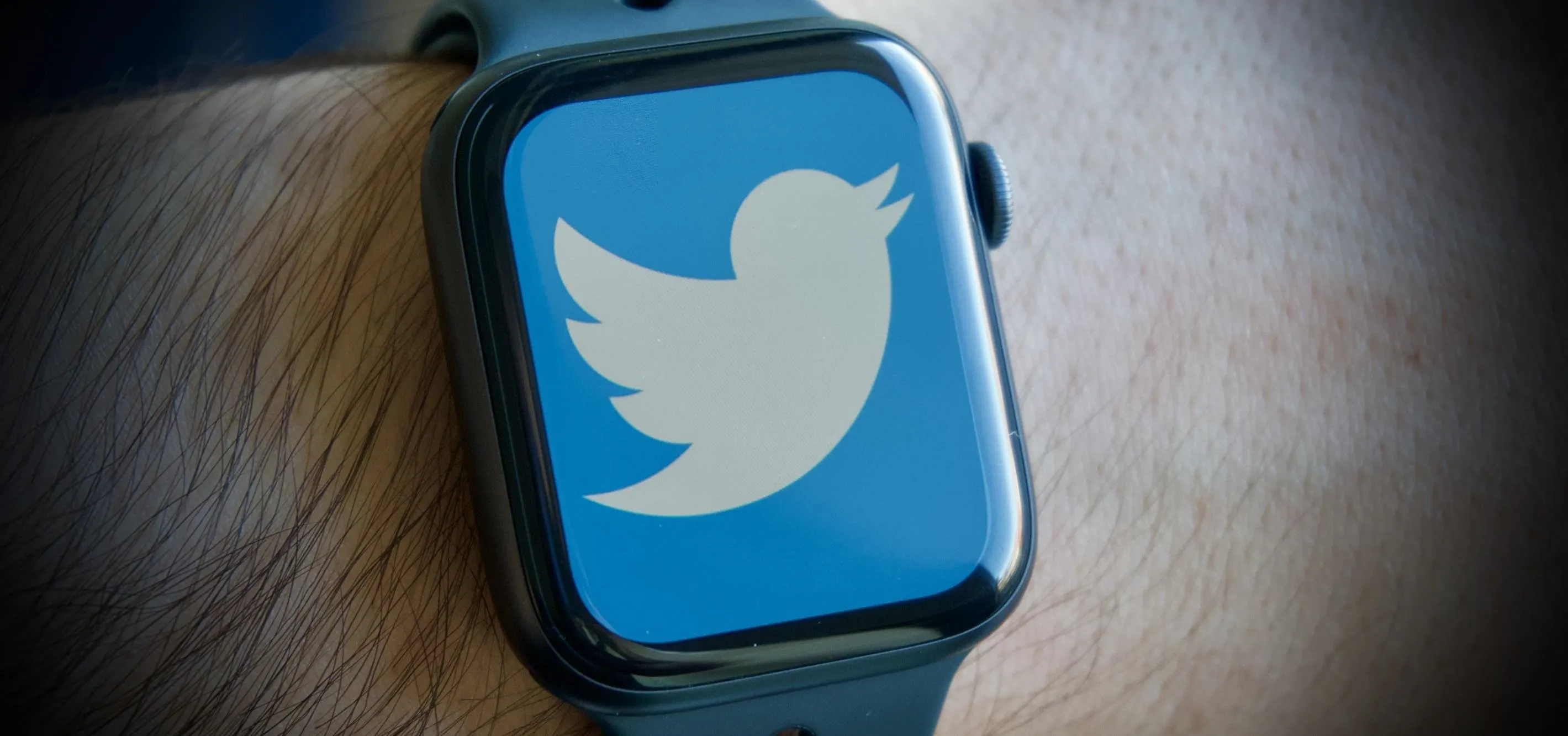
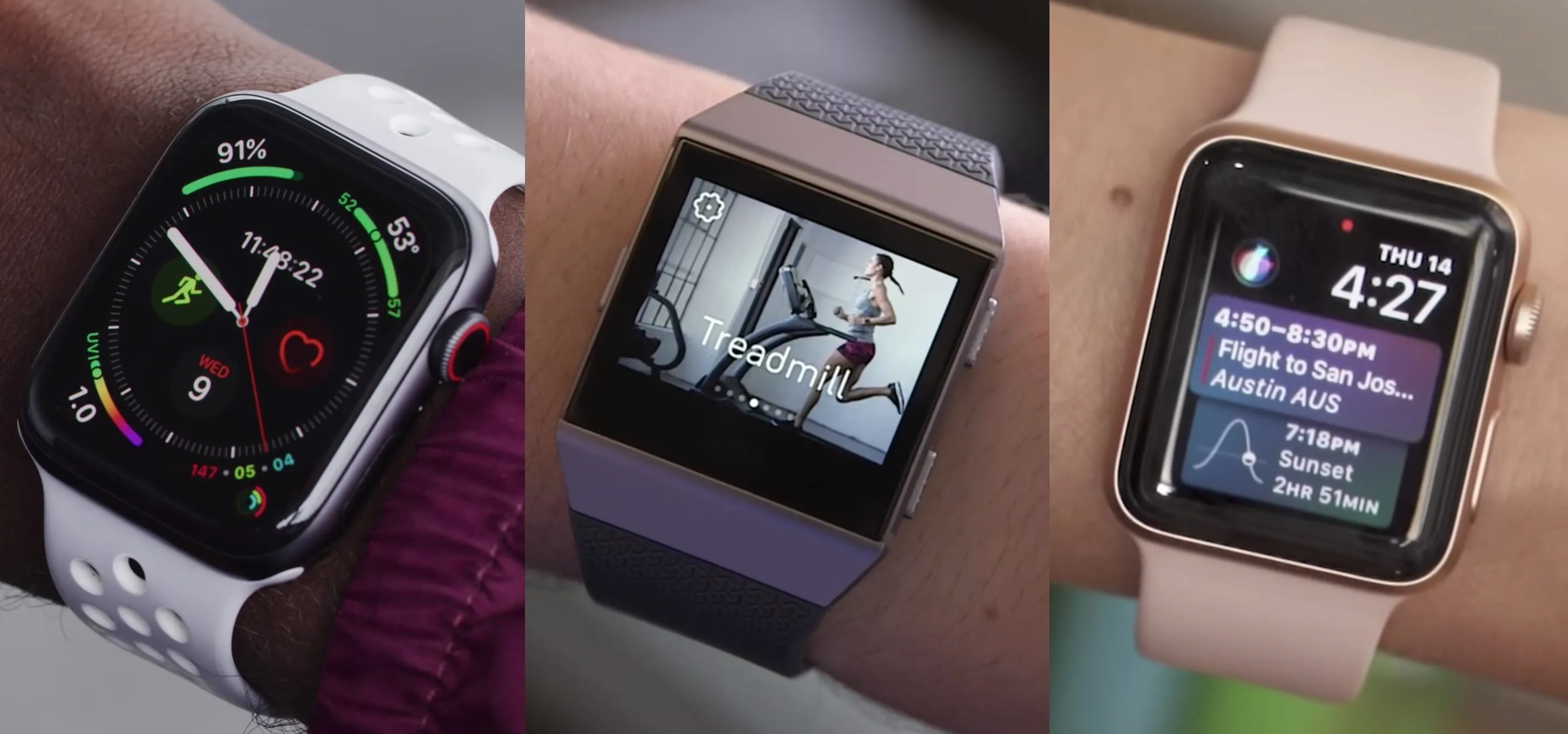
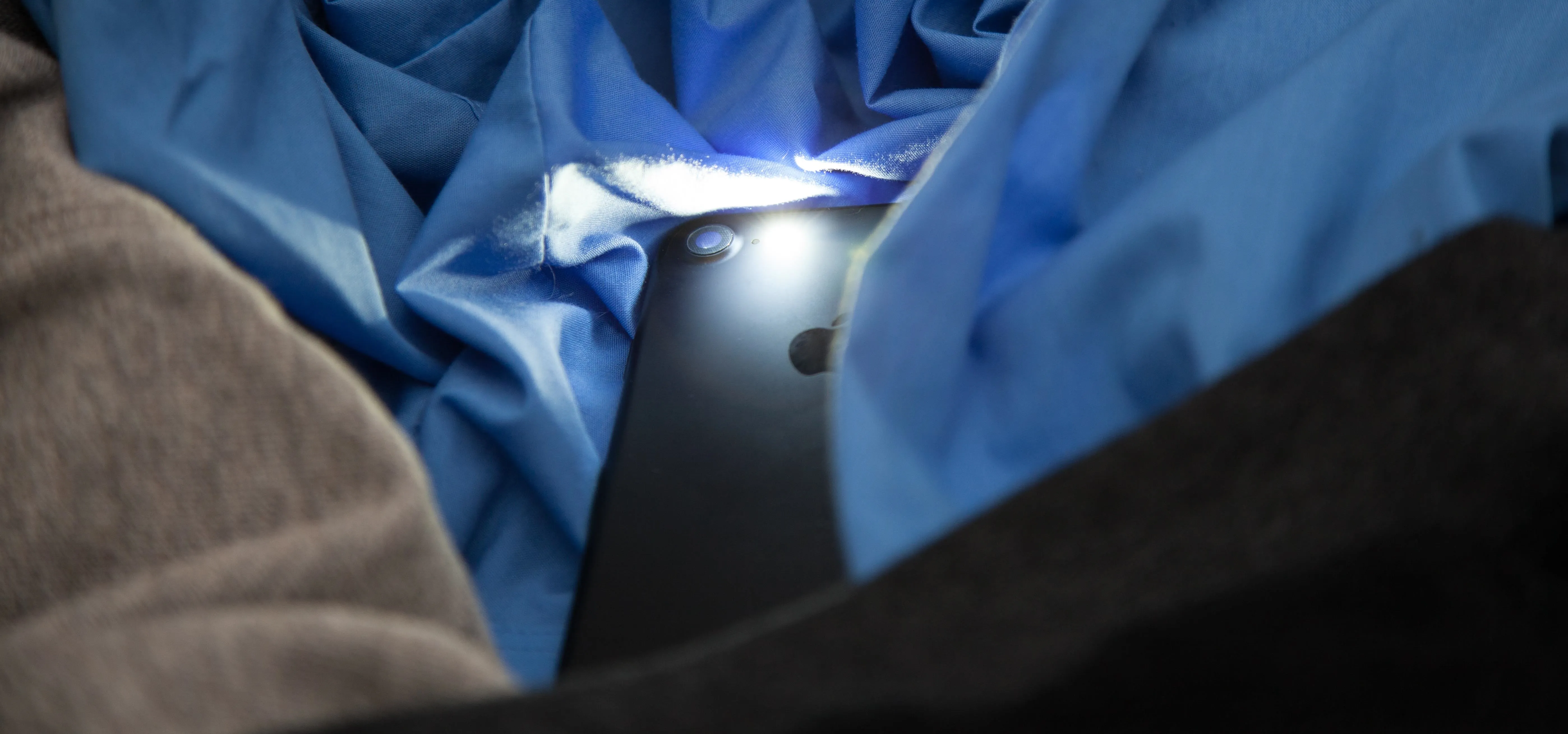
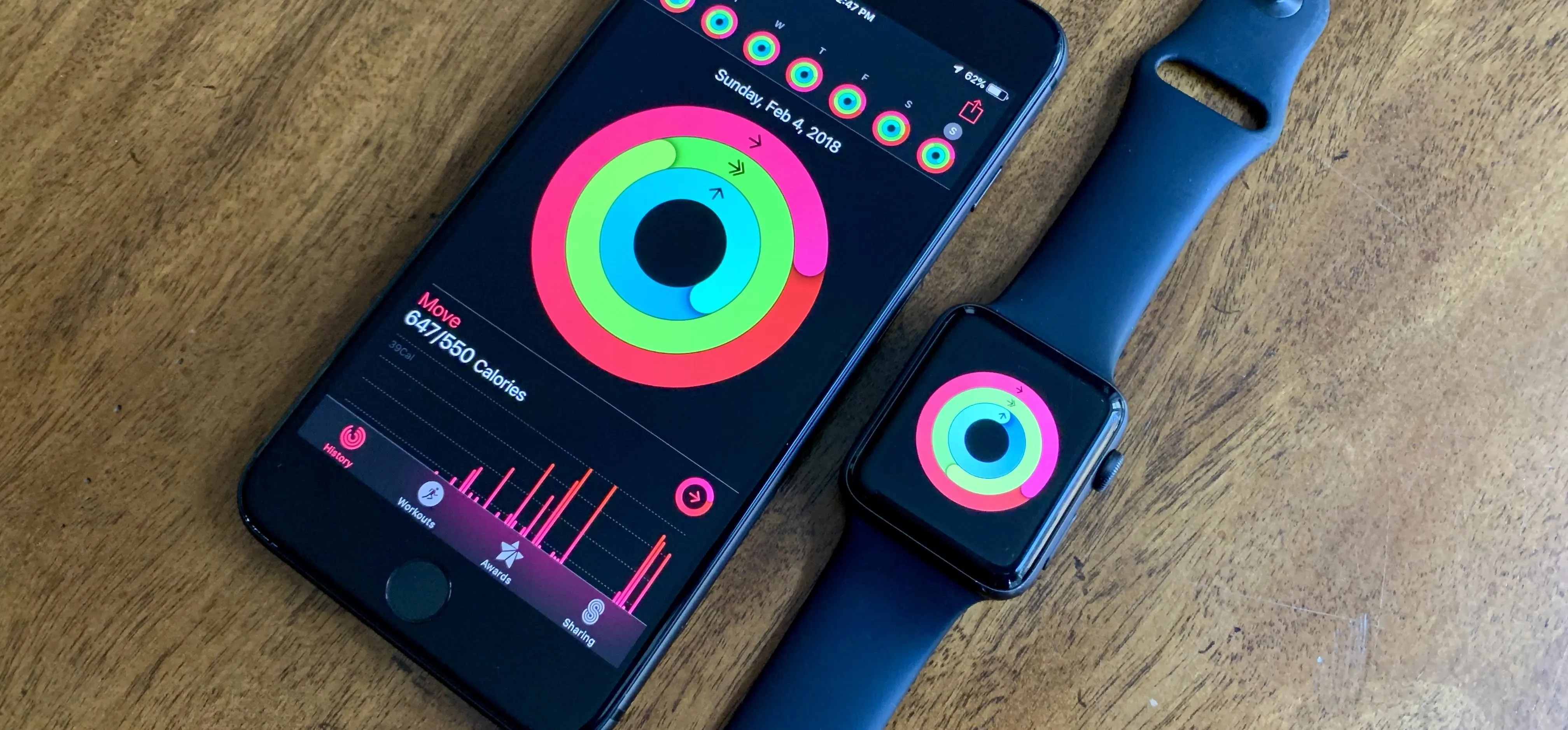
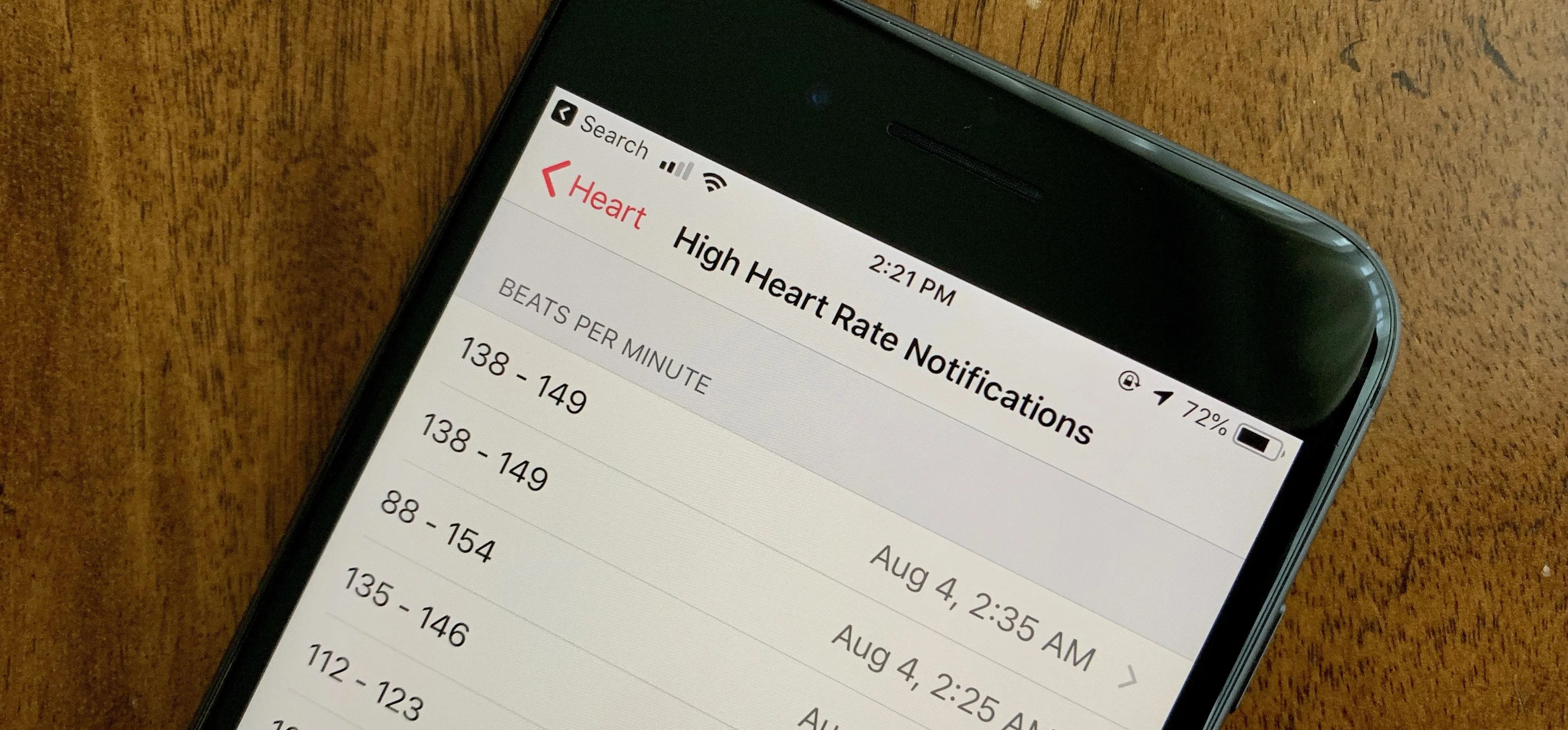
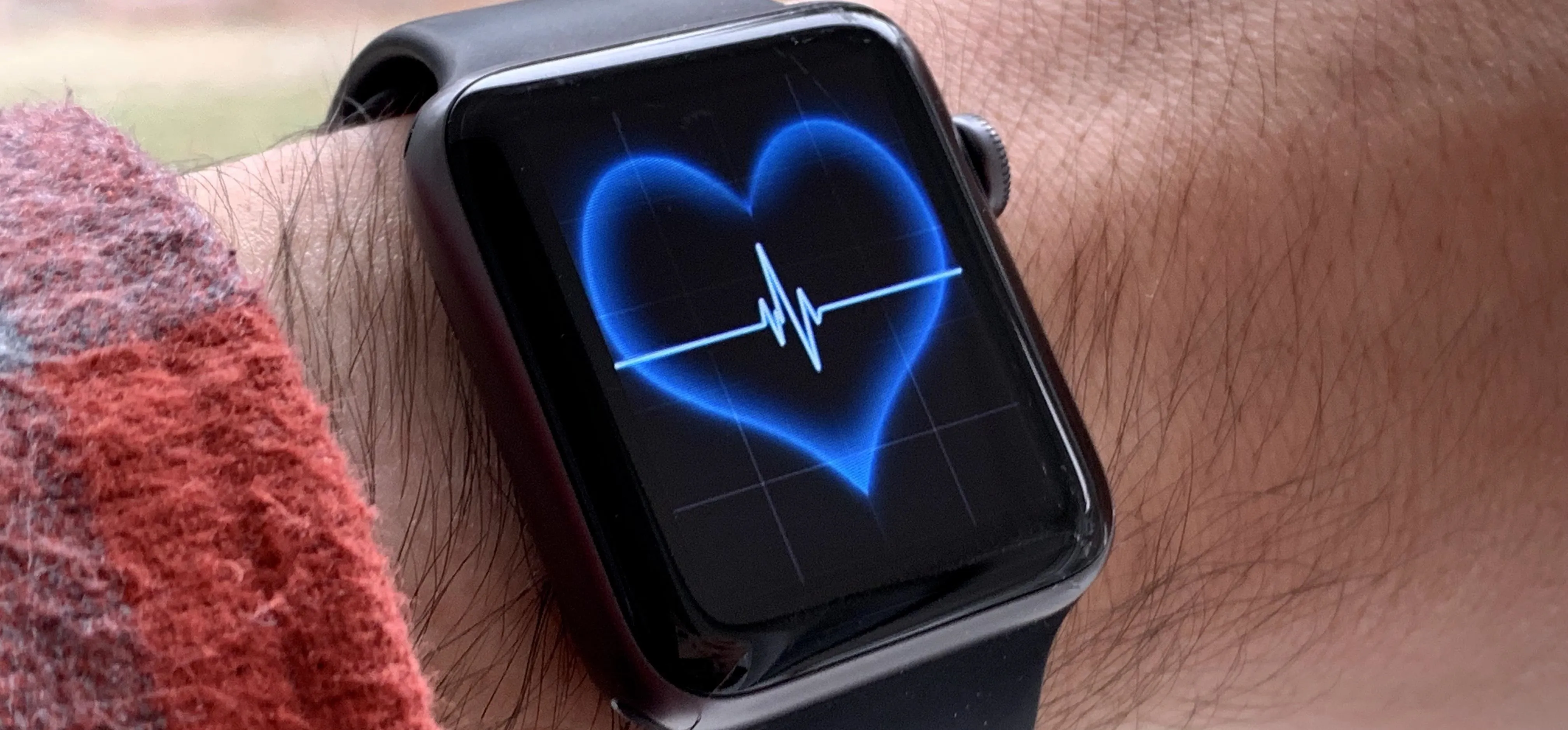
Comments
Be the first, drop a comment!